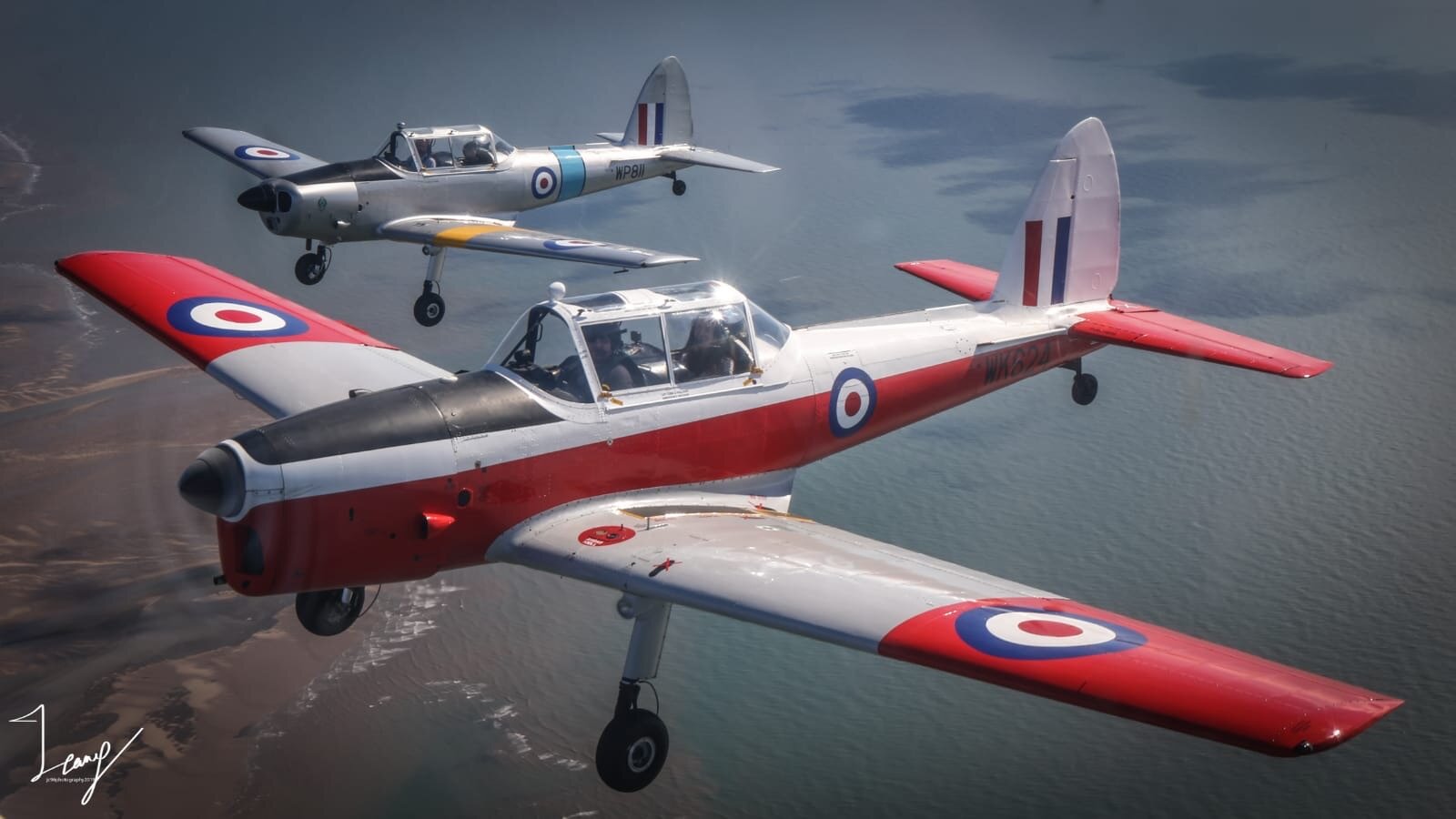
Tailwheel differences training
Pilots wishing to fly a tailwheel aircraft are required to complete Differences Training to the satisfaction of an appropriately qualified instructor. The content of the differences training is detailed in CAP 804.
Training
The course at High-G consists of at least 2 hours of ground instruction on subjects relating to tailwheel operations including:
Physical differences
Loading and effect of CG
Differences in ground handling
Taking off
Landing including the two-point and three-point techniques
Crosswind operations
Parking
And more specific subjects relating to the aircraft type used for the course.
The flight training is a minimum of 5 hours dual instruction covering the following:
Type familiarisation; general handling
Visual circuit pattern
Physical differences
Differences in ground handling
Taking off
Landing including the two-point and three-point techniques
Crosswind operations
Parking
There are no formal tests on completion of the training. Once satisfied, the differences training shall be entered in the pilot’s logbook or equivalent record and signed by the instructor as appropriate.
Validity
If the variant has not been flown within a period of 2 years following the differences training, further differences training or a proficiency check in that variant shall be required to maintain the privileges, except for types or variants within the single-engine piston and TMG class ratings.

